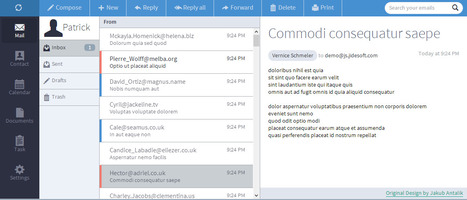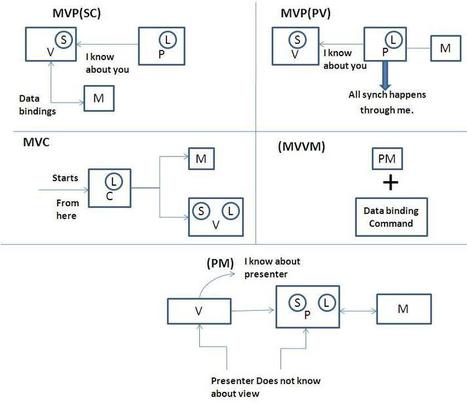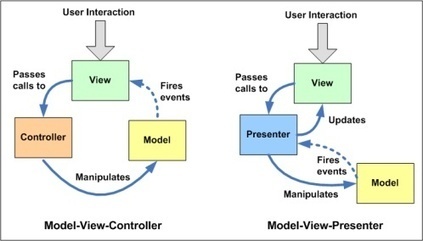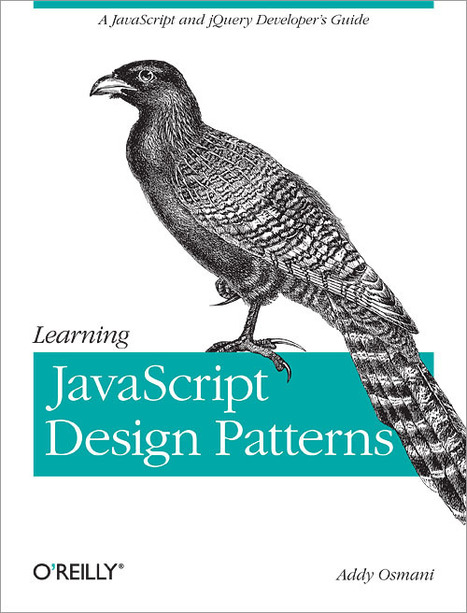jide.js is an open source, MIT licensed, Javascript toolkit for developing rich, modern web applications. It features various powerful UI controls and is built around the concept of properties and data binding and enables highly efficient programming.
jide.js uses the AMD format and can be used with any AMD compatible loader such as require.js but also supports Browserify. Don't worry if you don't know what that means, we've prepared a short introduction for you.
jide.js is currently in beta state. This means that it is neither feature complete nor without bugs and that its APIs can change when necessary.




 Your new post is loading...
Your new post is loading...











